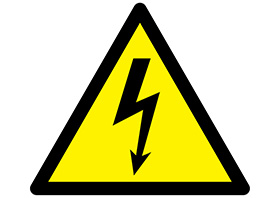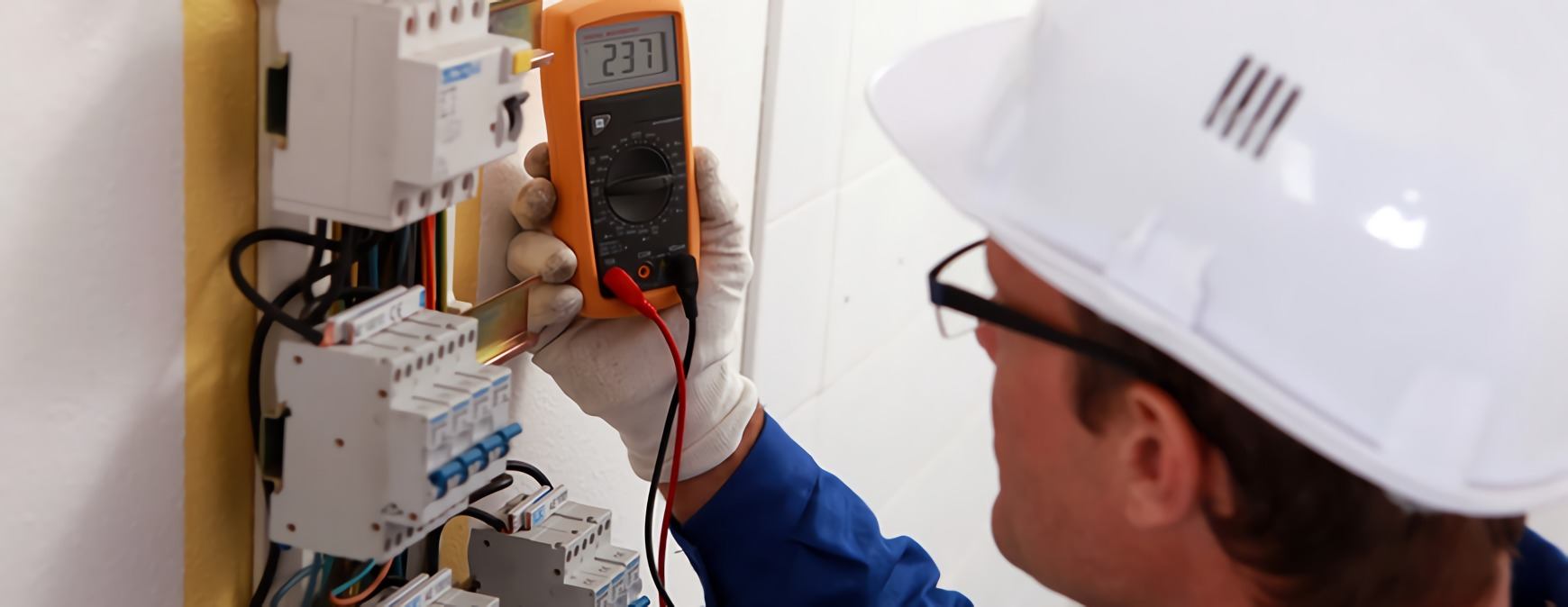RSI is a Great Training Option for Everyone
Learn more about how we can prepare you to advance your career.
Once you finish your HVAC classes and enter the field, it is likely that you’ll work with electrical equipment and circuits. The installation of an HVAC system and troubleshooting of problems often requires HVAC techs to handle electrical wiring. Understanding electrical safety practices can help protect you on the job. 1 Following is an overview.
What Are Electrical Safety Rules?
The Occupational Safety and Health Administration (OSHA) has electrical safety standards for several industries. Its “Design and Safety Standards for Electrical Systems” are published in Title 29 Code of Federal Regulations (1910.302-1910.308). You can also find OSHA’s “Electrical Safety-Related Work Practices Standards” in Title 29 (1910.331-1910.335). These electrical standards derive from the National Fire Protection Association’s National Electric Code and Electrical Safety Requirements for Employee Workplaces. 2
OSHA Safety Precautions

Here are a few OSHA electrical safety precautions whenever working with electrical wiring and components.
1. De-energize (Turn Off) Electrical Equipment
2. Use Lockout and Tag Procedures
Before inspecting or repairing HVAC equipment, make sure electricity is not flowing through it by turning off the power to the circuit at the service entrance panel. Padlock the switch in the OFF position. Attach a tag to the lock and write your company’s name, your name, the date, and the reason the breaker is locked out. In case where work is being done on a commercial property, this will let maintenances supervisors know not to turn the power back on. 3 4
Get Started on the Path to a New Career
Fill out our form to learn how we can help you change your life.
3. Multimeters
A volt-ohm-meter, or multimeter, can be used to test if the circuit is energized. Make sure to use a meter that is rated for the type of circuit you’re testing or you may not be adequately protected.
4. Wear Personal Protective Equipment
Personal protective equipment (PPE) can help reduce the risk of electrical accidents. Examples of PPE for working with electricity include insulated blankets, hoods, gloves, and helmets. 5 Never wear jewelry or other conductive materials when working with electricity, including clothing made of synthetic fiber. Always wear a face shield or safety glasses when working with electrical circuits. 6
Safety First
When working with electricity, there is no room for mistakes. Following electrical safety practices can help prevent accidents and injuries. The electrical safety tips in this article are only a sampling of OSHA’s standards. You can learn more about electrical safety by reading the complete standards and receiving electrical safety training.
Additional Sources
1 – Title: Fundamentals of HVAC; Authors: Carter Stanfield and David Skaves; Air-Conditioning, Heating, and Refrigeration Institute; Second Edition; Textbook page 500
2 – https://www.osha.gov/Publications/osha3075.pdf(page 3)
3 – Title: Fundamentals of HVAC; Authors: Carter Stanfield and David Skaves; Air-Conditioning, Heating, and Refrigeration Institute; Second Edition; Textbook page 506-508
4 – https://www.osha.gov/Publications/osha3075.pdf(page 16)
5 – https://www.osha.gov/Publications/osha3075.pdf(page 18)
6 – Title: Fundamentals of HVAC; Authors: Carter Stanfield and David Skaves; Air-Conditioning, Heating, and Refrigeration Institute; Second Edition; Textbook page 502
This blog has been labeled as archived as it may no longer contain the most up-to-date data. For a list of all current blog posts, please visit our blog homepage at https://www.rsi.edu/blog/




